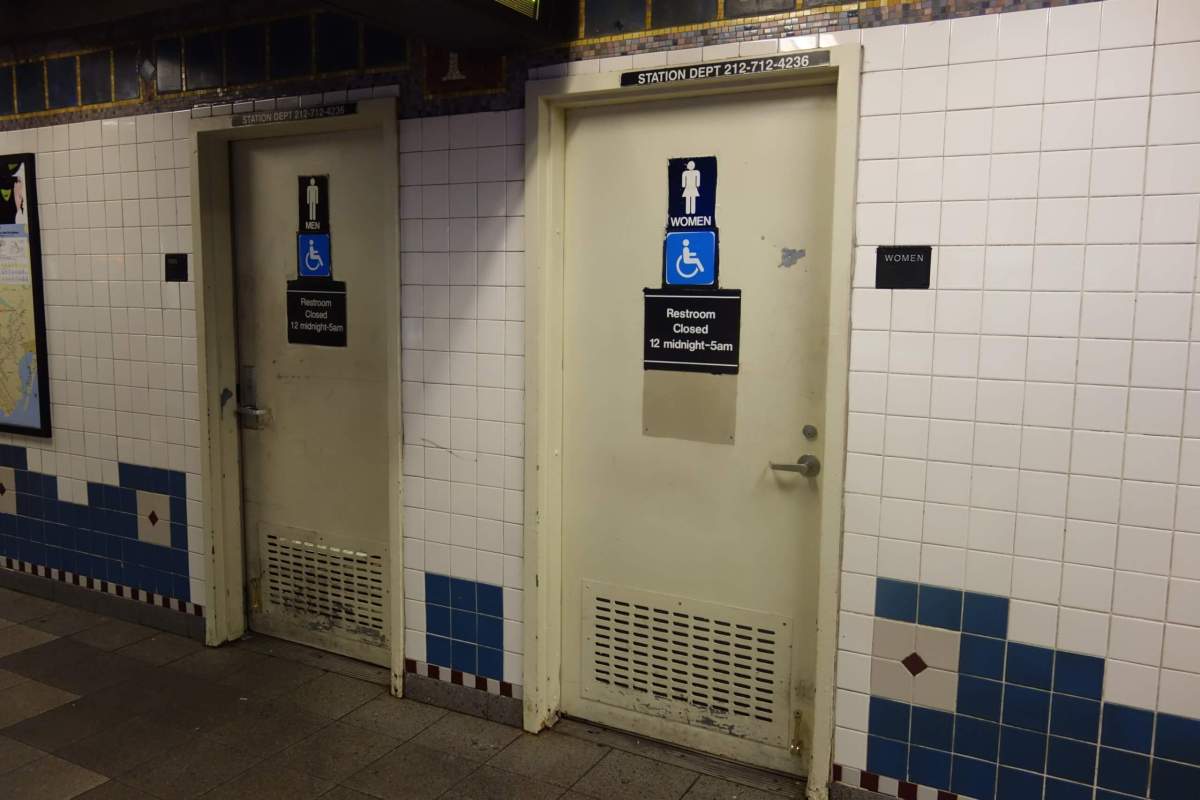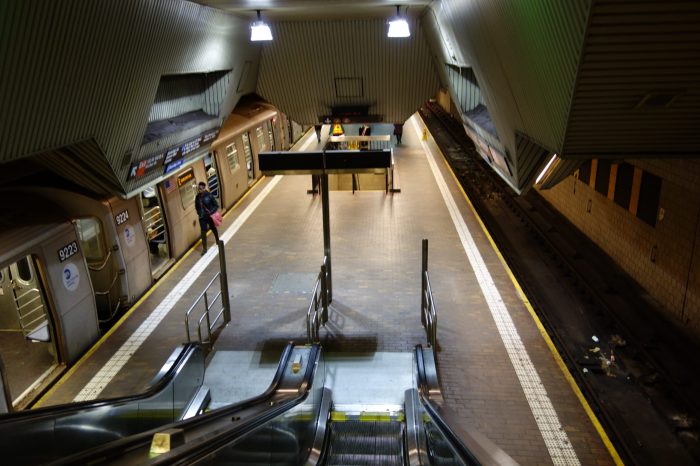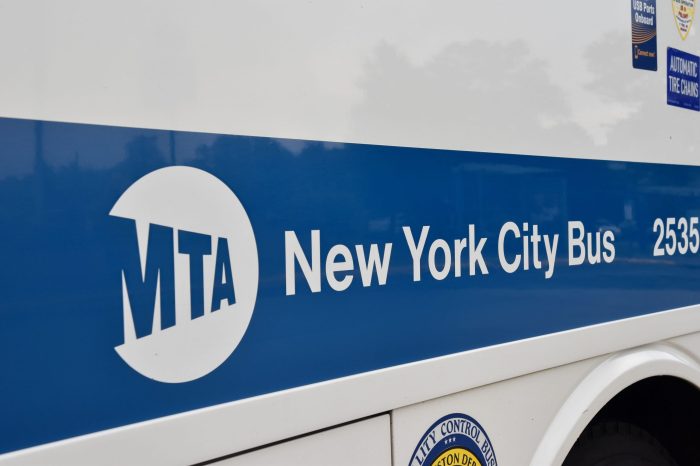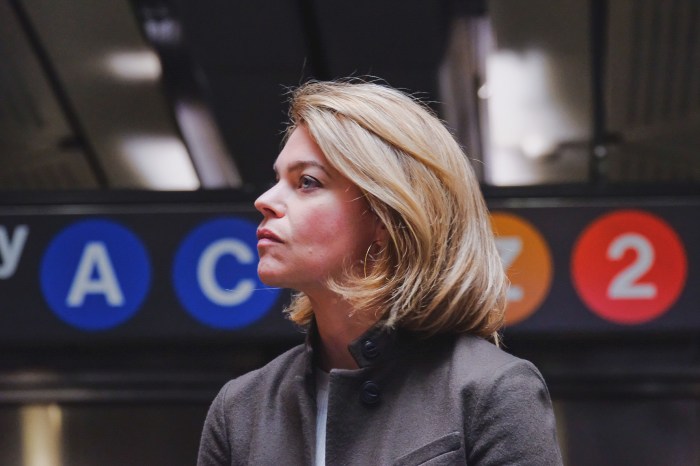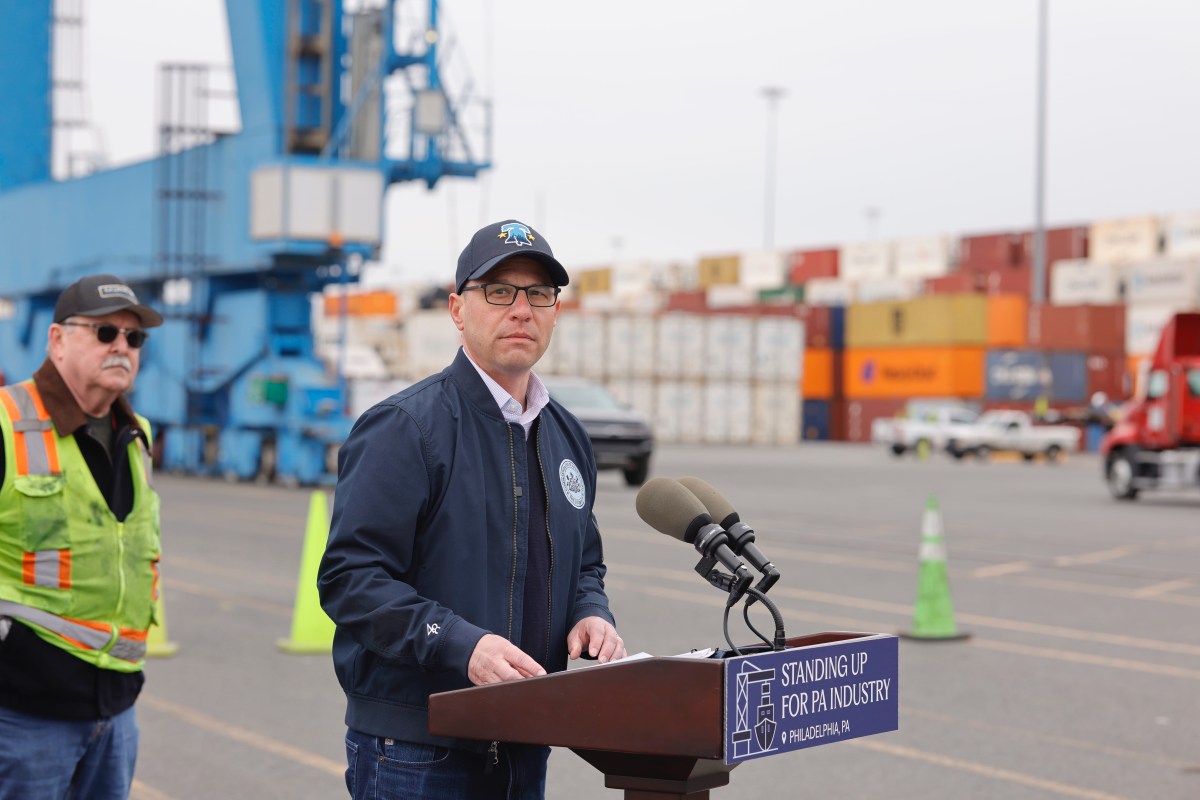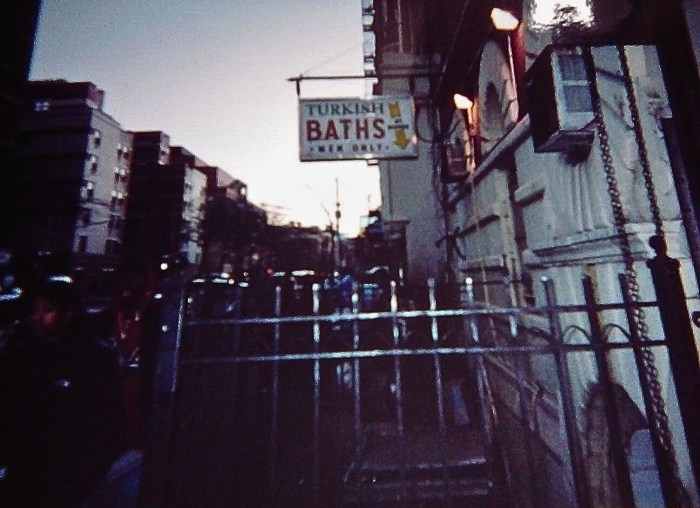The Metropolitan Transportation Authority wants to reopen dozens of bathrooms at subway stations across the city, but transit gurus are unsure how to unlock the public loos while keeping them safe and clean.
“We’re having an internal conversation at the moment about the best way to go about reopening those restrooms and how we should open them or how they should be used going forward,” said New York City Transit interim president Sarah Feinberg at MTA’s June 23 monthly board meeting. “We would like to open the restrooms as quickly as possible.”
Feinberg, who oversees the city’s subways and buses, said the agency wants to first address issues that predated the pandemic, such as vandalism, drug use, and people experiencing homelessness setting up living quarters inside the restrooms.
“I don’t want to put a lock on the door, I don’t want to require someone to have to get a key, I don’t want to go through these other machinations that other agencies do and that other businesses do,” she said. “But we also want to make sure that if we’re providing access to restrooms that it’s really in a safe way.”
MTA closed all of its active public bathrooms spread out over 76 stations — about 16% of the system — at the beginning of the COVID-19 pandemic in an effort to stem the spread of the virus.
The move was particularly bad for unhoused New Yorkers who had few options to relieve themselves as other public bathrooms like those at libraries, restaurants, and soup kitchens closed during the viral outbreak, according to one homeless advocate.
“During the pandemic, homeless New Yorkers encountered a dire shortage of restroom facilities where they could fulfill basic human functions,” said Jacquelyn Simone, a senior policy analyst at Coalition for the Homeless.
In recent months, there’s been an uptick in train cars soiled with feces, blood, and vomit, leading to the MTA having to pull cars out of service to scrub them down, the New York Daily News reported, but Feinberg claimed that dump bump was not due to station bathrooms being closed, blaming it instead on mentally-ill passengers.
“We don’t necessarily see a correlation always between soiled elevators and soiled train cars and restrooms being open,” she said. “I think in many cases what we’re dealing with there is not someone who [when] the restroom upstairs or in a very different part of the station isn’t open, ‘Therefore I have no choice but to go here.’ What we found is it tends to be mental illness issue.”
Simone said that this was an issue larger than the subway system, but added that opening the station bathrooms back up would help alleviate the problem while offering a public amenity to all New Yorkers.
“No one wants to be defecating or urinating in the street, but given the lack of humane alternatives that is the reality for far too many of our neighbors,” she said. “Just ignoring a problem doesn’t make it go away.”



